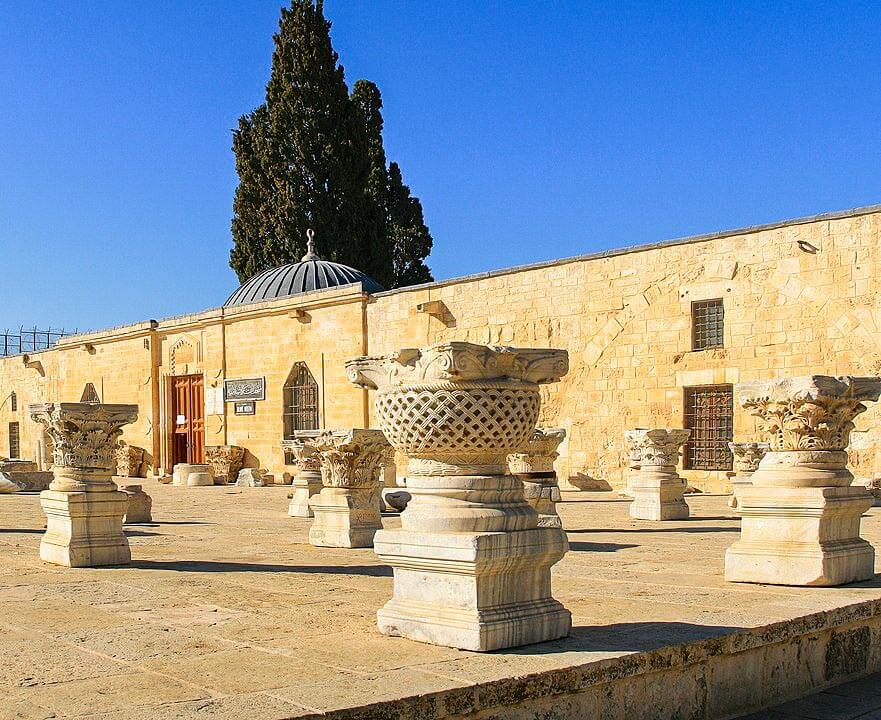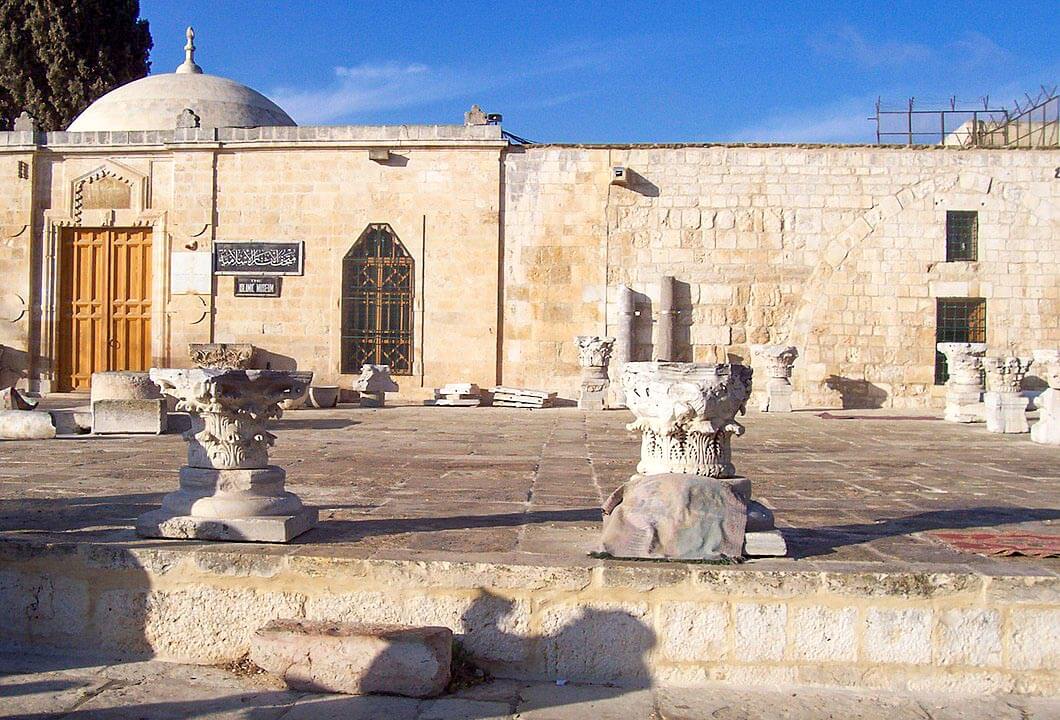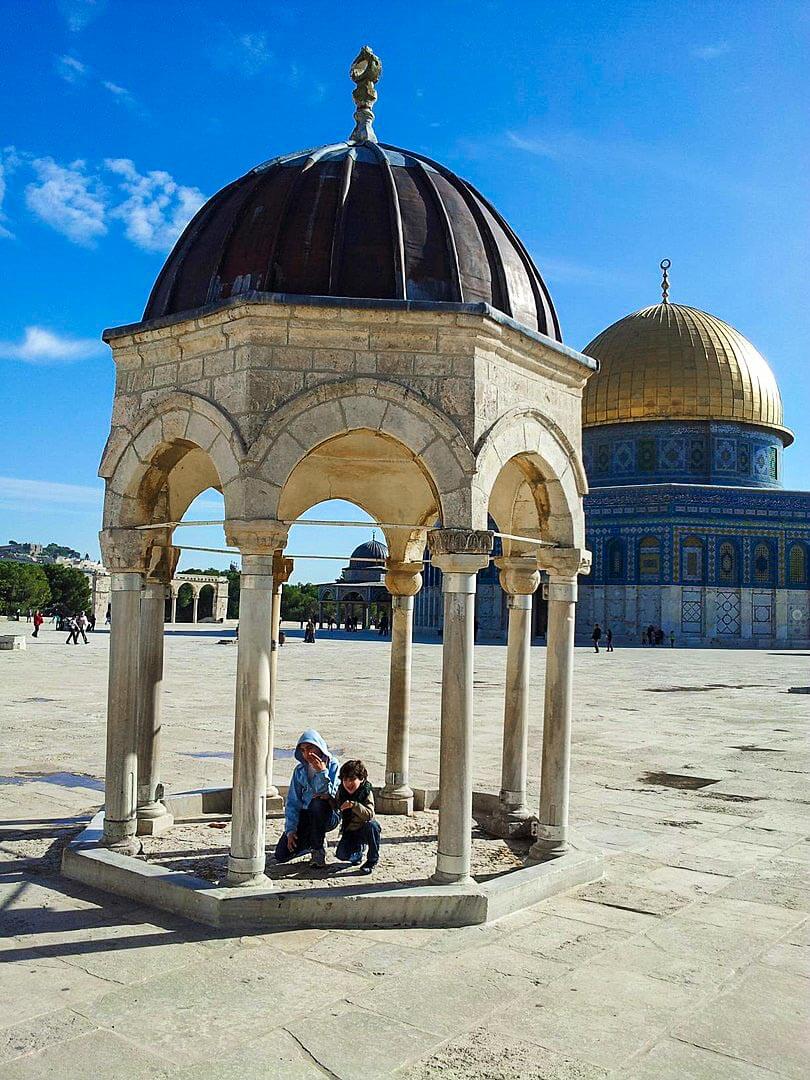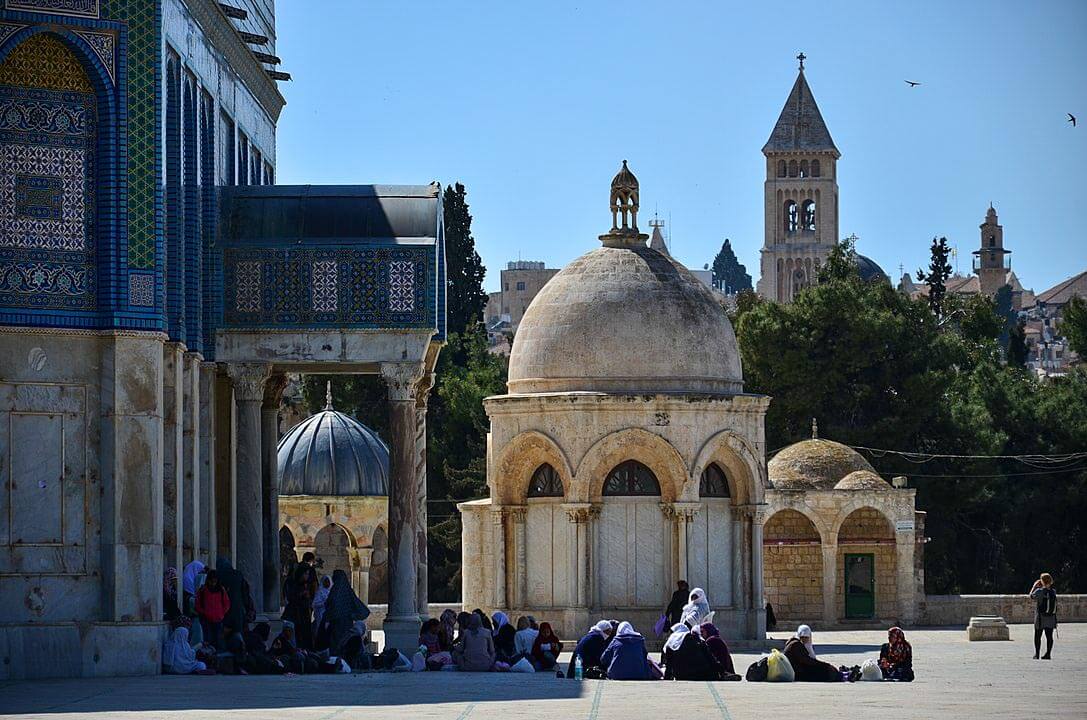Jerusalem, Palestine
Coordinates: 31.776075, 35.234811
The Islamic Museum is a museum on Haram ash-Sharif in the Old City section of Jerusalem.
Exhibits
On display are exhibits from ten periods of Islamic history encompassing several Muslim regions. The museum is located adjacent to Al-Aqsa Mosque.
The Islamic Museum displays large copper soup kettles used in the Haseki Sultan Imaret, a soup kitchen, built through a donation by Hürrem Sultan, the wife of Suleiman the Magnificent, dating back to the 16th century.
Also on display are a cannon used to announce the breaking of Ramadan, a large collection of weapons, a large wax tree trunk, the charred remains of a minbar built by Nur ad-Din Zangi in the 1170s and destroyed by an Australian tourist in 1969, and the blood-stained clothing of 17 Palestinians killed in the rioting on Haram ash-Sharif in 1990.
Qur’an manuscripts
The museum has 600 copies of the Qur’an donated to the al-Aqsa Mosque during the Umayyad, Abbasid, Fatimid, Ayyubid, Mamluk, Ottoman eras by caliphs, sultans, emirs, ulama and private individuals.
Each differ in size, calligraphy and ornamentation. One is a hand-written Qur’an whose transcription is attributed to the great-great grandson of Prophet Muhammad ﷺ.
Another is written in Kufic script dating back to the 8th-9th century, the only manuscript remaining from three collections that the sultan dispatched to the mosques of the three holy cities in Islam — Mecca, Medina and Jerusalem.
In addition, there is a very large Qur’an measuring 100 by 90 centimetres (3.3 ft × 3.0 ft), dating back to the 14th century.
























